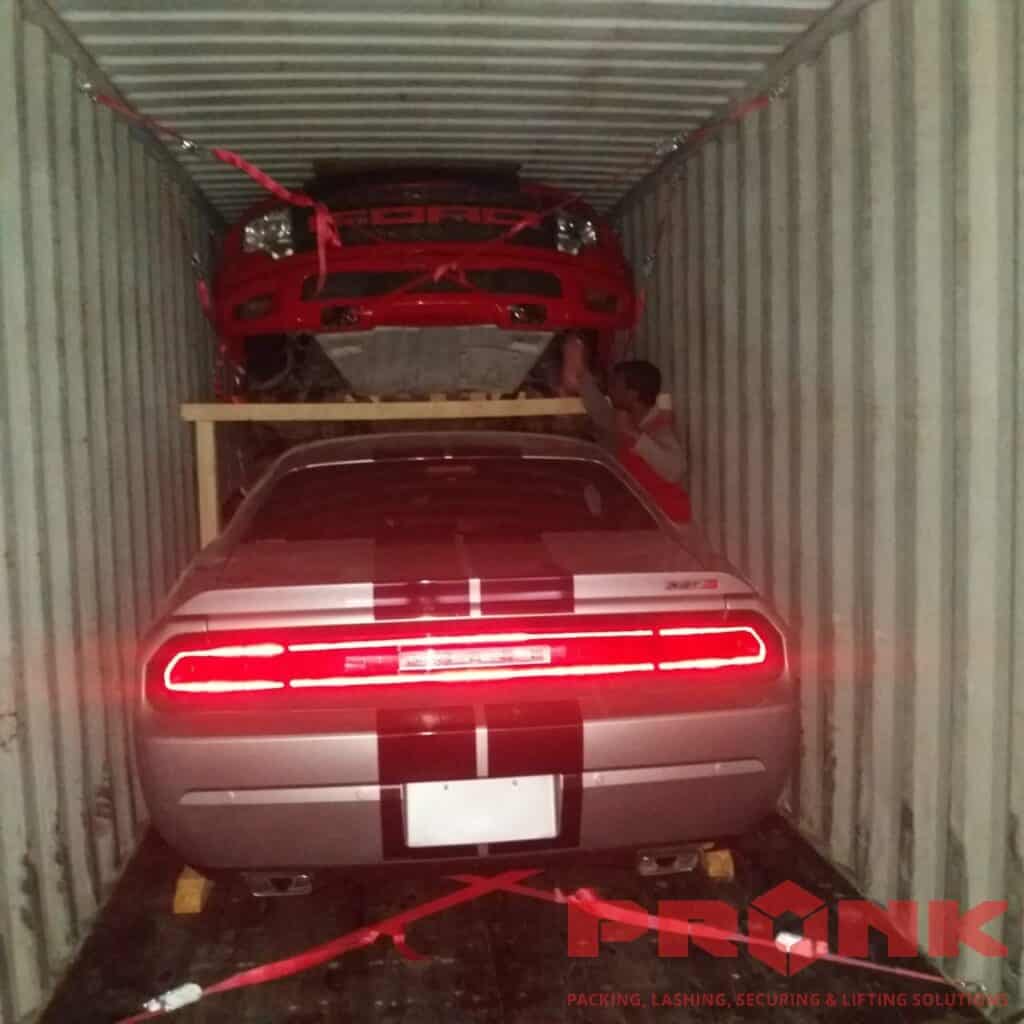All You Need to Know about Cargo Securing and why it is Important
Globalization and advancements in transportation technology is boosting the growth of the transportation industry across the world. However, concerns regarding how safely the goods are being secured for transportation remain. Lack of proper stowage and securing of cargoes have resulted in numerous accidents not only during transportation but also during loading and unloading. Cargo securing, which is a legal requirement, needs to be implemented by transportation companies to ensure cargo security and stability during cargo handling and transit.
What is Cargo Securing?
Cargo securing or load securing refers to ensuring that cargoes do not move during transit or rub against each other. The constant chafing of cargoes against each other can result in packages bursting open and damaging the goods kept in them. Improper securing can also result in road debris which can cause accidents, loss of life and environmental damage depending on the contents of the cargo carried by the transportation company. These situations can be avoided by securing cargo using the guidelines set by competent authorities. Rules and regulations that govern how cargo must be secured vary from country to country.
How to Secure Cargo for Transportation
Cargo securing method depends on the type of cargo and mode of transportation used. Often different cargo securing methods and materials are used to secure cargo in transport carriers. Cargo is secure when nothing can slide, shift, fall, spill or become airborne from the carrier.
Cargo can be secured in many ways:
- Blocking and bracing
Blocking enables cargo from moving laterally and bracing means preventing the cargo from moving vertically. Blocking and bracing involve using lumber and metal bars, wedges and dunnage bags to reduce or prevent shifting of cargo.
- Lashings and tie-downs
Lashings are the most common method used to secure cargo from shifting. Items used for lashing include ropes, cables, wires, chains, strapping and nets. The choice of lashing equipment depends on the size, weight and type of cargo to be secured. The three common types of cargo lashing that are used to secure cargo are chain lashing, fixed winches and web lashing. Tie-downs are used to secure heavy loads to vehicles with tie-down straps, heavy-duty strapping or tensioned chains. Lashings and tie-downs use tension to secure cargo in place.
- Locking
Locking involves the use of mechanical locks present in a load bearer or cargo carrier. An example would be the twistlock available for containers.
- Dunnage
Dunnage is packing material used to protect cargo and absorb the shock caused due to shifting during transportation. Dunnage material can be solid plastics, bubble wrap,wood, steel and kraft or corrugated paper.
- Dunnage bags
Dunnage bags, also known as airbags or inflatable bags, are air-filled pouches used to secure and stabilize cargo. Dunnage bags can be used in all modes of transportation.
Few basic points to keep in mind while cargo securing:
- Use an appropriate vehicle for transportation
- Ensure proper packaging
- Choose the right securing method
- Use adequate load restraint
- Use industry-standard securing tools
Benefits of Cargo Securing
The importance of cargo securing is many times overlooked and not given due attention which leads to cargo damage, loss of property and at times, even loss of life.
Some benefits of cargo securing are:
- The safety of cargo and people handling the cargo
- Protecting equipment and carrier from damage
- Complying with laws and regulations
- Avoiding financial losses
- Positive company reputation
- Preventing spillage or debris
- Reducing clean-up costs
- Avoiding litigation and fines
- Averting cargo theft
Conclusion
Cargo securing should be a priority. Investing time in it ensures cargo safety and avoidance of potential losses. Cargo securing facilitates arrival of goods at their destination, undamaged and intact.




